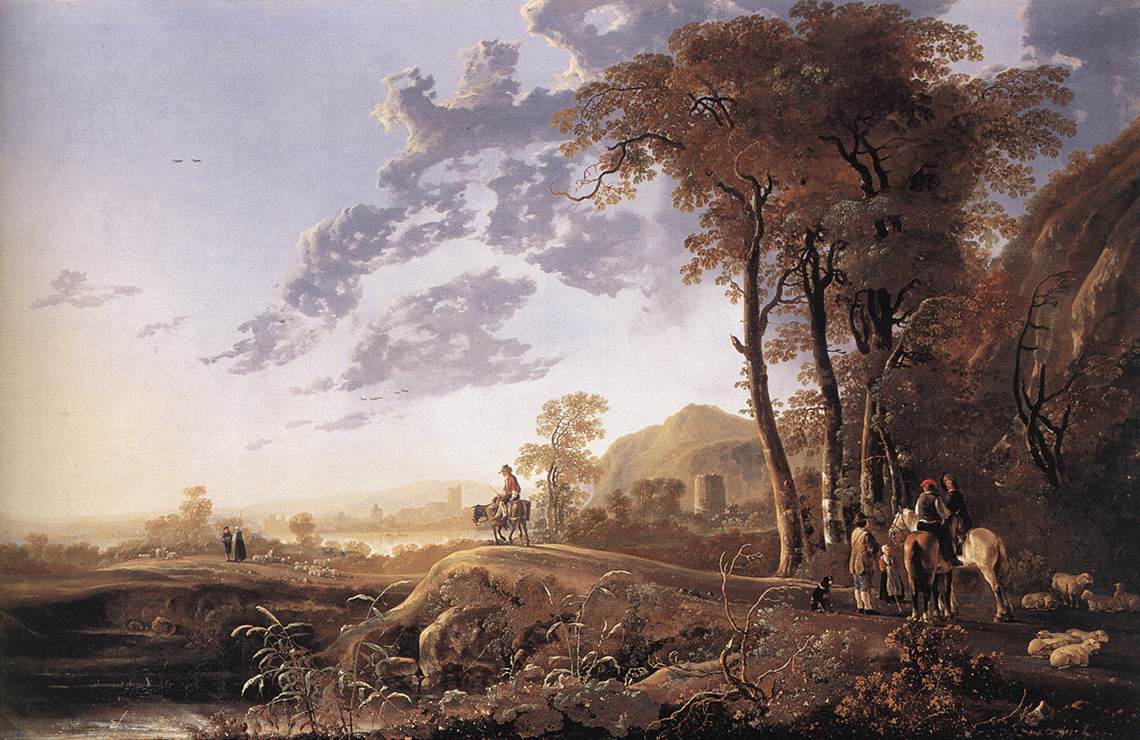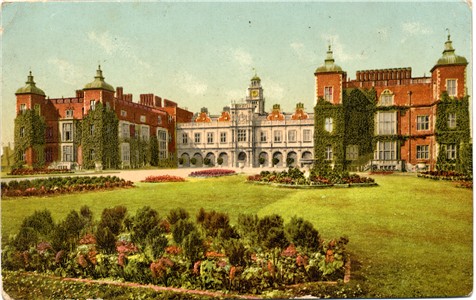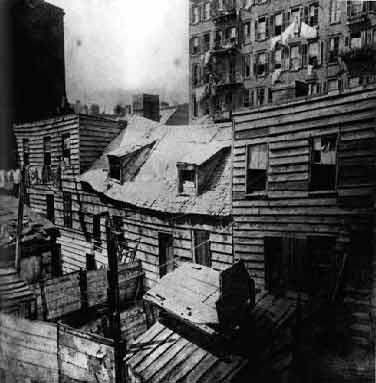It ain’t easy being green *UPDATED*
For many years, the bête noire of Marin County driving was the jam, both North and South, in the 101 corridor at San Rafael. If you headed south in the morning, that bottleneck could back you up for miles, almost up to Novato. And if you headed north in the afternoon, it was even worse, since it caused endless traffic bottlenecks from both the south and the east. Stop and go was the name of the game, with an 11 minute ride being stretched out to as much as 40 minutes.
You’ll notice that the preceding paragraph is in the past tense. That’s because, after years of work done only in fits and starts, CalTrans finally completed a freeway expansion, adding one lane to each side of the freeway at San Rafael. The difference is magical. Traffic jams are a thing of the past. One just zips through.
To my way of thinking, this simple freeway expansion was just about the greenest thing anyone could have done. As we know instinctively, and as studies show, traffic jams dramatically increase fuel consumption. Do away with those jams and, voila, better consumption and less pollution.
I was thinking about these hidden costs of driving and fuel consumption when I read the article detailing a study by 2 UC Davis scientists showing that, depending on the nature of your local public transportation, squeezing onto a municipal rail car (and in San Francisco, that means lice and groping, among other things), may not be the green thing to do.
All of which leads one to the possible (and, admittedly paranoid) conclusion that the greenies are hiding the easy fixes (better roads, more private cars), because they want to drive people out of cars altogether. This isn’t just about stopping pollution, it’s about recreating their utopian vision of a pre-industrial paradise.
And it is true that, if you lived like this:

or this

the pre-industrial age it was a paradise.
The problem for the utopian greenies is that, in a populated, pre-suburban world, so many people lived like this:

It was fossil fuel that enabled people to get out of urban hellholes and to have ready access to food and medicine. Only the ill-informed think a world without cars is a better place. What is in fact a better place is a world with good roads and energy efficient vehicles.
UPDATE: And with perfect timing, in the same news cycle, I read about a greenie planning an entirely new subdivision that is hostile to cars. In my day, we called that the inner city, and people wanted, really wanted quite badly, to leave it.
